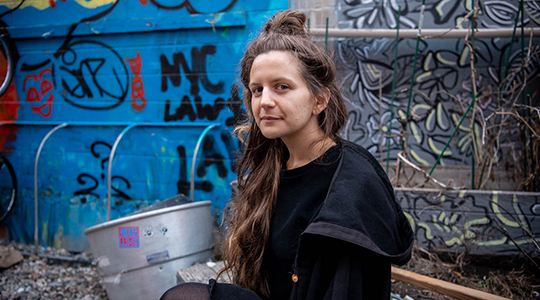What do you think?
Rate this book


288 pages, Hardcover
First published January 7, 2025
Zero, dot, zero, zero, three
Give me two years, and your dinner will be free
Gas station champagne is on me
[Music] cannot pay rent for me
The reality of this power imbalance was ultimately why another musician, who made ambient tracks for a different, non-Epidemic PFC licensor, ended up ceasing his relationship with the company. “There was a fee paid up front,” he explained to me. “It was like, We’ll give you a couple hundred bucks. You don’t own the master. We’ll give you a percentage of publishing. And it was basically pitched to me that I could do as many of these tracks as I wanted.” In the end, he made only a small handful of tracks for the company, released under different aliases, and made a couple thousand dollars. It seemed pretty good at first, since each track only took a few hours. Eventually, though, as a couple of the tracks took off on Spotify, with one getting millions upon millions of streams, he started to see how unfair the deal was long-term; the tracks were generating far more revenue for Spotify and the ghost label than he would ever see, since he owned no part of the master and none of the publishing rights. “I’m selling my intellectual property for essentially peanuts,” he said.
(One former employee recalled a specific all- hands meeting that reflected on and celebrated the success of these sleep playlists. “They were very proud of this,” the former employee recalled. “It proved to them that they’re not a music company. They’re a time filler for boredom.” “There was a moment where it all started to feel Orwellian,”)

"...The next year came its big move into curation, hiring a staff of full-time editors to compile playlists themed to moods and activities, followed by its 2014 investment in algorithmic personalization tech. All of this so-called innovation was going to “level the playing field” for artists, Spotify obsessively promised."
"...What we actually got, though, were playlists heavily dominated by major label acts, endless feeds of neo-Muzak loaded with ghost artists—anonymous, stock music commissioned at a discount—and a series of pay-to-play schemes.
Those include the controversial Discovery Mode program, which sells (mostly independent) artists and labels algorithmic promotion in exchange for reduced royalty rates, and frames it as an “opportunity.” This cost-saving initiative is a move popularly regarded as a new type of payola, the term that emerged in the 1950s to describe the process of record labels making under-the-table cash payments to radio stations in exchange for airplay. For artists trying to figure out how to survive these shifts, there have for many years been more questions than answers."
"As of this writing, streaming accounts for 84 percent of recorded music revenues, with Spotify, the largest of all services, capturing 30 percent of the market, with over 615 million users and 239 million paying subscribers. And as the public discourse on the relationship between AI and creative labor has taken hold, the whole streaming conversation now takes place under this looming cloud: how tracks created with generative AI software are flooding the streaming services and the effects this will have on working musicians and aspiring artists alike. And while the potential of generative AI feels urgent, it’s also important to remember the less flashy ways that artists and listeners have been impacted by different systems of automation and machine learning over the past decade-plus, as artists’ careers have become increasingly managed by algorithms, and listening has become more and more mechanized. At a moment when the very future of music can feel at stake, the time feels right to take a serious look both backward and forward."